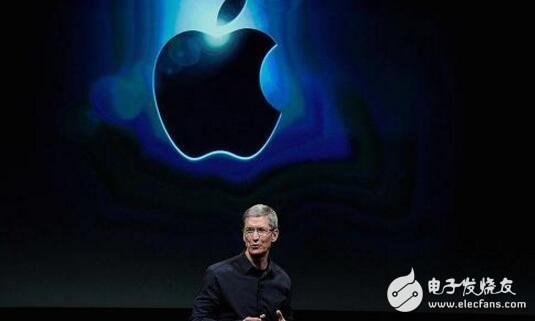Electronic enthusiasts eight o'clock: According to foreign reports, sources revealed on Wednesday that Apple has begun to create a smart speaker controlled by voice assistant Siri. The company will release the smart speaker at the annual developer conference this month, but it will be available at the end of the year.
It is reported that Apple's smart speaker will be different from Amazon's Echo and Alphabet's Google Home, which provides users with virtual surround sound technology and deep integration with Apple's product line.
Apple's introduction of smart speakers has two main purposes: one is to provide users with a home appliance product with automatic home appliances and lighting through the HomeKit system; the other is to set up a barrier in the user's home to lock the user more firmly in the Apple service network. Apple's smart speakers will help the company fight the competitive threat from Google (microblogging) and Amazon smart speakers, because the above two products basically do not support services from Apple. Because there is no compatible hardware, users may choose Echo or Google Home, and therefore use streaming music services like SpoTIfy, Amazon Prime Music or Google Play instead of Apple's Apple Music.

"This will be a platform for developing Apple services," said Gene Munster, co-founder and former Apple analyst at venture capital firm Loup Ventures.
In the past 18 months, Apple's CEO Tim Cook has been constantly emphasizing Apple's service business because of slower iPhone shipment growth. Cook expects Apple's service revenues to double from $24 billion last year by 2020. The introduction of smart speakers enables users of service products such as Apple Music to use these services more heartily. Apple Music is a subscription-based streaming music service that costs $10 a month. Apple's smart speakers may be included in the company's "Other Products" category, which currently includes the smart watch Apple Watch, set-top box Apple TV, and wireless headset AirPod. In the last fiscal year, these products brought Apple a total of $11 billion in revenue.
According to sources, Inventec, a Taiwanese manufacturer of AirPods for Apple's foundry, will manufacture smart speakers for Apple's foundry. In the past few months, Apple employees have secretly tested the new device at home. Bloomberg has previously reported that the Siri smart speaker has entered the advanced prototype stage at the end of last year. As of now, the Inventec spokesman has not commented on this report.
This year's Apple Global Developers Conference will be the first time Apple has released new hardware products in such events since 2013. Bloomberg reported in early May that Apple may release a new iPad at the event. Apple released the latest 9.7-inch iPad Pro in March 2016, but did not update the iPad with a 12.-inch screen released in November 2015. In addition, Apple plans to introduce MacBooks and MacBook Pros that use faster Intel processors.
According to sources familiar with Apple's development plan, Apple hopes that more advanced acoustic technology will enable the company's smart speakers to stay ahead of competitors' products. In addition to providing virtual surround sound technology, Apple's smart speakers are louder and more crisp in their tests. According to sources, Apple is also considering adding sensors to smart speakers to measure the acoustics of the room and automatically adjust the audio during use.
In addition, Apple may also let third-party services create products for smart speakers. Last year, Apple opened Siri on the iPhone to vendors such as Uber and Facebook, allowing users to use the voice to send a car or send WhatsApp information.
Apple's smart speakers will be the hub of HomeKit's home automation system, allowing users to control their home lights, door locks, curtains and more. Currently, both Echo and Google Home support third-party services and smart appliances.
The source also revealed that Amazon's new Echo will have a touch screen for users to make voice calls, but Apple's smart speakers will not have a screen.
Disclaimer: The electronic reprinted works of E-Commerce Network are as far as possible to indicate the source, and all rights of the owner of the work are not transferred due to the reprint of this site. If the author does not agree to reprint, please inform the site to delete or correct it. Reprinted works may be subject to change in title or content.
Fiber Optic Rotary Joint, also known as optical fiber slip ring, optical fiber rotary joint, optical hinge, etc., is used to solve the problem of optical signal transmission between opposite rotating components, that is, to ensure that the transmission of optical signals is not interrupted due to rotation.
fiber optic rotary joint,fiber optic slip ring,optical rotary joint
Dongguan Oubaibo Technology Co., Ltd. , https://www.sliproub.com
